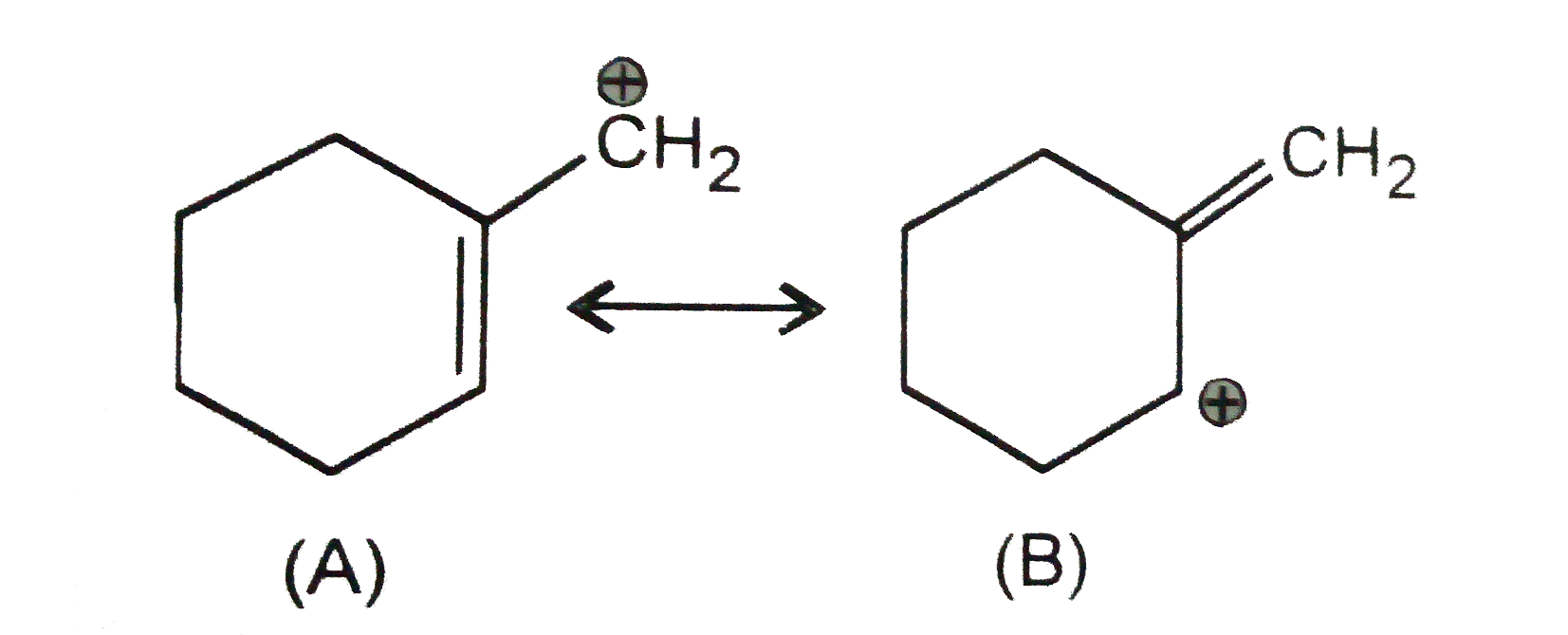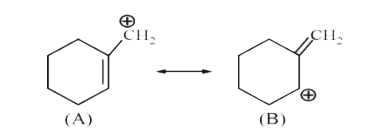In which of the following pairs A is more stable than B?
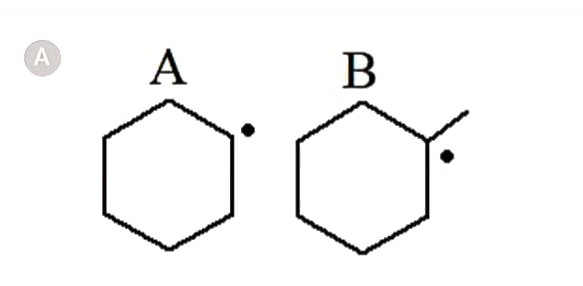
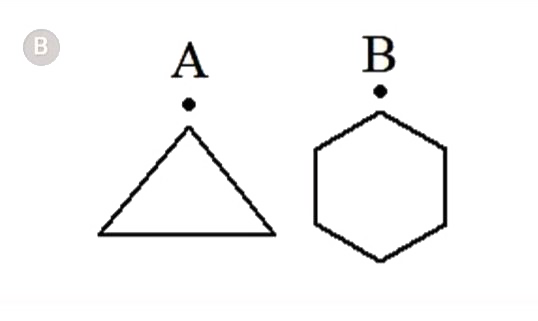
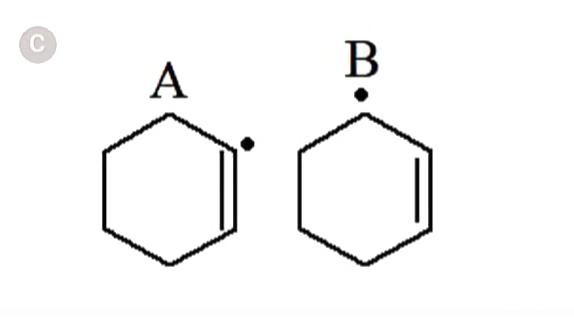
The correct Answer is:D
To determine which of the following pairs has A being more stable than B, we will analyze each option based on the stability of free radicals and the effects of hybridization, resonance, and steric factors.
1. Analyze Option A: Cyclohexane vs. Methyl-substituted Cyclohexane
- A: Cyclohexane (C6H12)
- B: Methyl-substituted Cyclohexane (C6H11-CH3)
- In this case, we are comparing a secondary free radical (methyl-substituted) with a tertiary free radical (if we assume the methyl group is on a carbon that makes it tertiary).
- Tertiary radicals are more stable than secondary radicals due to hyperconjugation and inductive effects.
- Conclusion: B is more stable than A.
2. Analyze Option B: Three-membered Ring vs. Six-membered Ring
- A: Three-membered ring (less stable due to angle strain)
- B: Six-membered ring (more stable due to less strain)
- Six-membered rings are generally more stable than three-membered rings due to less angle strain and torsional strain.
- Conclusion: B is more stable than A.
3. Analyze Option C: Cyclohexane Radical vs. SP2 Hybridized Radical
- A: Cyclohexane radical (sp3 hybridized)
- B: SP2 hybridized radical
- SP2 hybridized radicals are less stable than sp3 hybridized radicals due to the increased s-character in sp2 (33% vs. 25% in sp3), leading to higher energy and less stability.
- Conclusion: B is more stable than A.
4. Analyze Option D: Phenyl Radical vs. Tertiary Carbon Radical
- A: Phenyl radical (C6H5-CH)
- B: Tertiary carbon radical (C(CH3)3)
- The phenyl radical is stabilized by resonance from the three benzene rings, which provides significant stabilization.
- The tertiary carbon radical is stabilized by hyperconjugation but lacks the resonance stabilization that the phenyl radical has.
- Conclusion: A is more stable than B due to resonance stabilization.
Final Conclusion:
The only pair where A is more stable than B is in option D.
- A: Cyclohexane (C6H12)
- B: Methyl-substituted Cyclohexane (C6H11-CH3)
- In this case, we are comparing a secondary free radical (methyl-substituted) with a tertiary free radical (if we assume the methyl group is on a carbon that makes it tertiary).
- Tertiary radicals are more stable than secondary radicals due to hyperconjugation and inductive effects.
- Conclusion: B is more stable than A.
- A: Three-membered ring (less stable due to angle strain)
- B: Six-membered ring (more stable due to less strain)
- Six-membered rings are generally more stable than three-membered rings due to less angle strain and torsional strain.
- Conclusion: B is more stable than A.
- A: Cyclohexane radical (sp3 hybridized)
- B: SP2 hybridized radical
- SP2 hybridized radicals are less stable than sp3 hybridized radicals due to the increased s-character in sp2 (33% vs. 25% in sp3), leading to higher energy and less stability.
- Conclusion: B is more stable than A.
- A: Phenyl radical (C6H5-CH)
- B: Tertiary carbon radical (C(CH3)3)
- The phenyl radical is stabilized by resonance from the three benzene rings, which provides significant stabilization.
- The tertiary carbon radical is stabilized by hyperconjugation but lacks the resonance stabilization that the phenyl radical has.
- Conclusion: A is more stable than B due to resonance stabilization.
The only pair where A is more stable than B is in option D.
Topper's Solved these Questions
Similar Questions
Knowledge Check
- Question 1 - Select One or More
In which of the following pairs II is more stable than I
A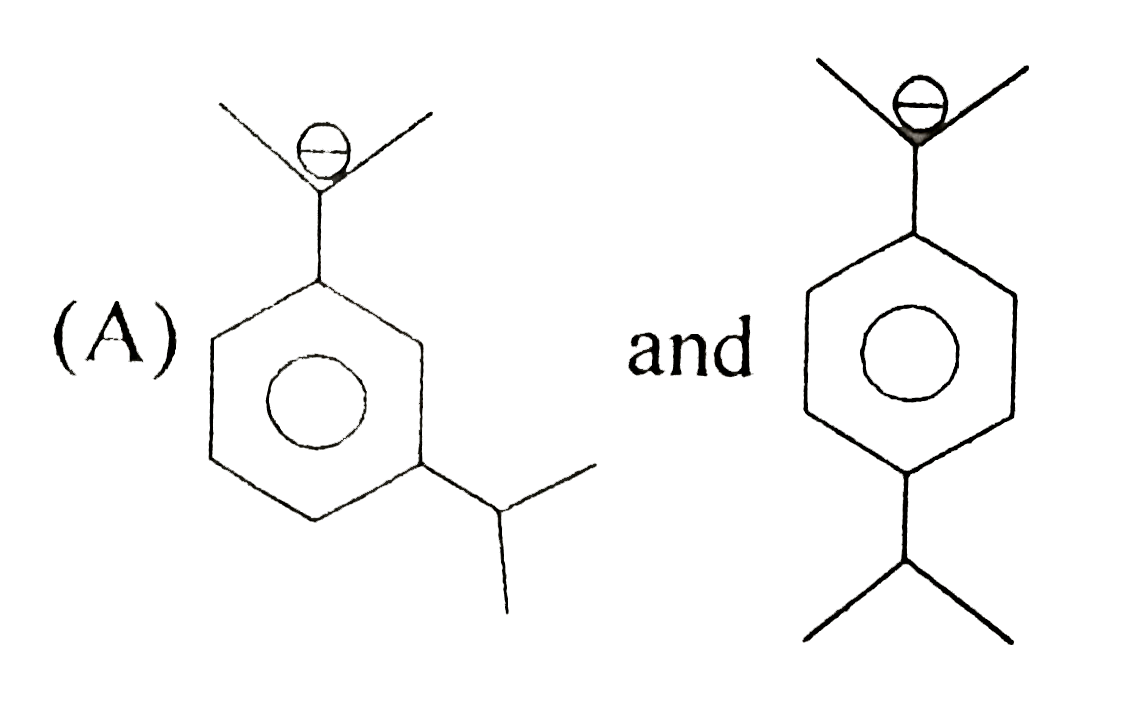 BCH3−⊕C=OandCH3−C≡⊕OC
BCH3−⊕C=OandCH3−C≡⊕OC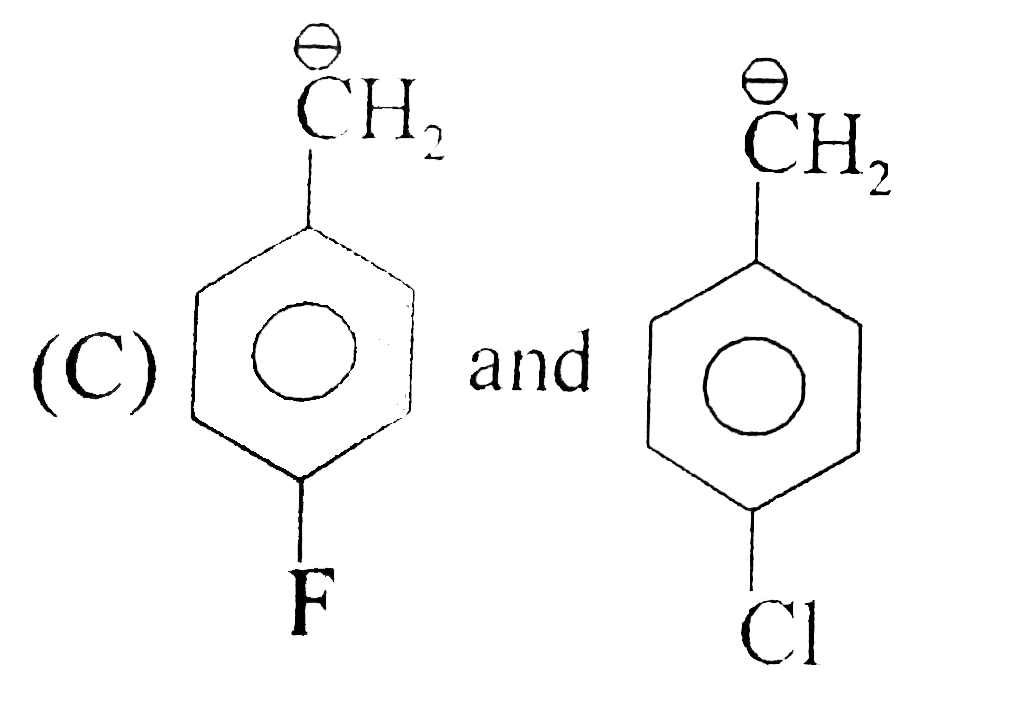 DCH3−⊕CH2 & CD3−⊕CH2
DCH3−⊕CH2 & CD3−⊕CH2 - Question 2 - Select One
In which of the following 2nd anion is more stable than first?
AO2N−ƟCH2andF−ƟCH2BƟCF3andƟCCl3CF3C−ƟCH2andCl3C−ƟCH2DCH3−O∣∣C−ƟCH2andH2N−ƟCH2 - Question 3 - Select One or More
Which of the following alkenes are more stable than
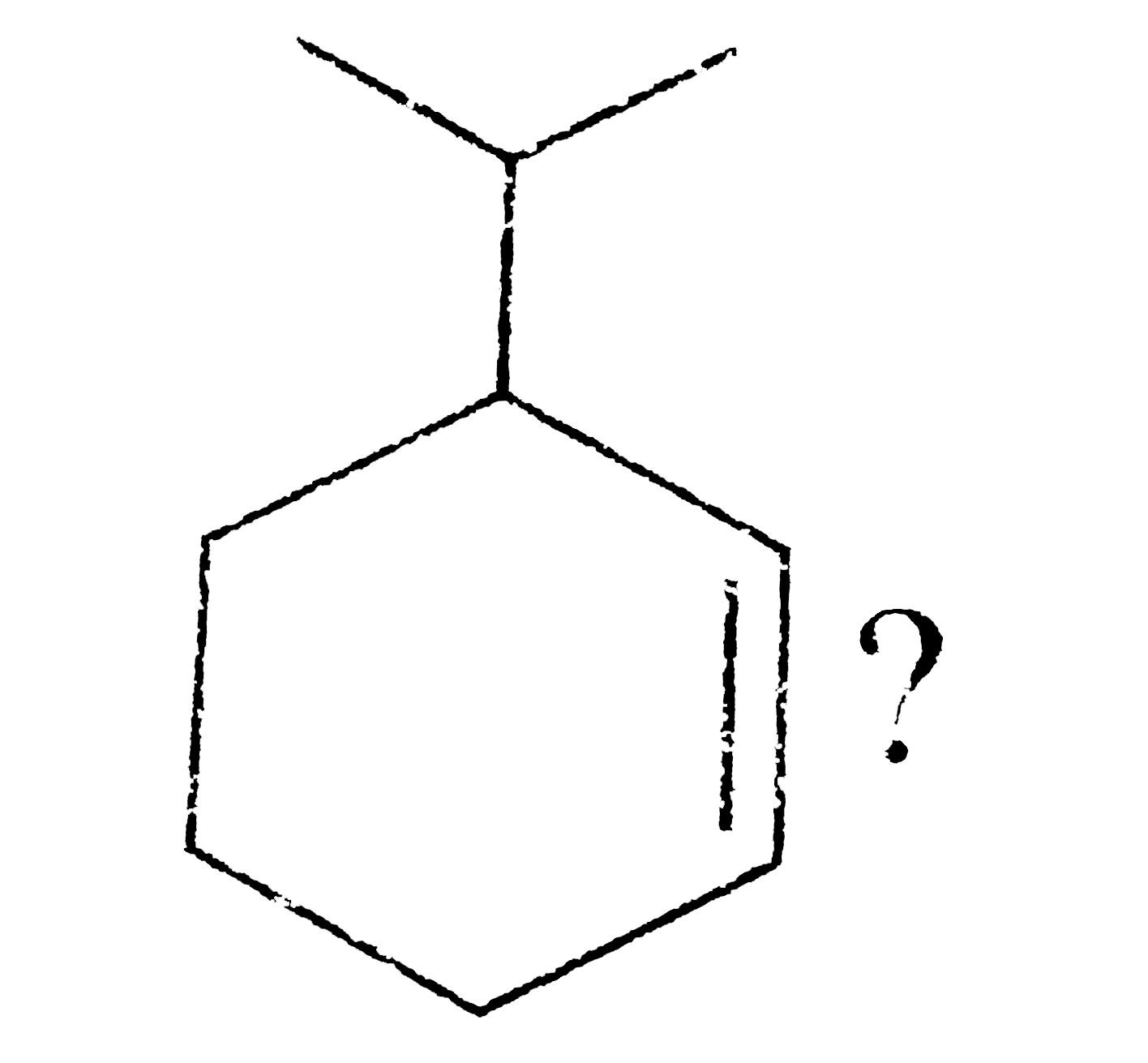 A
A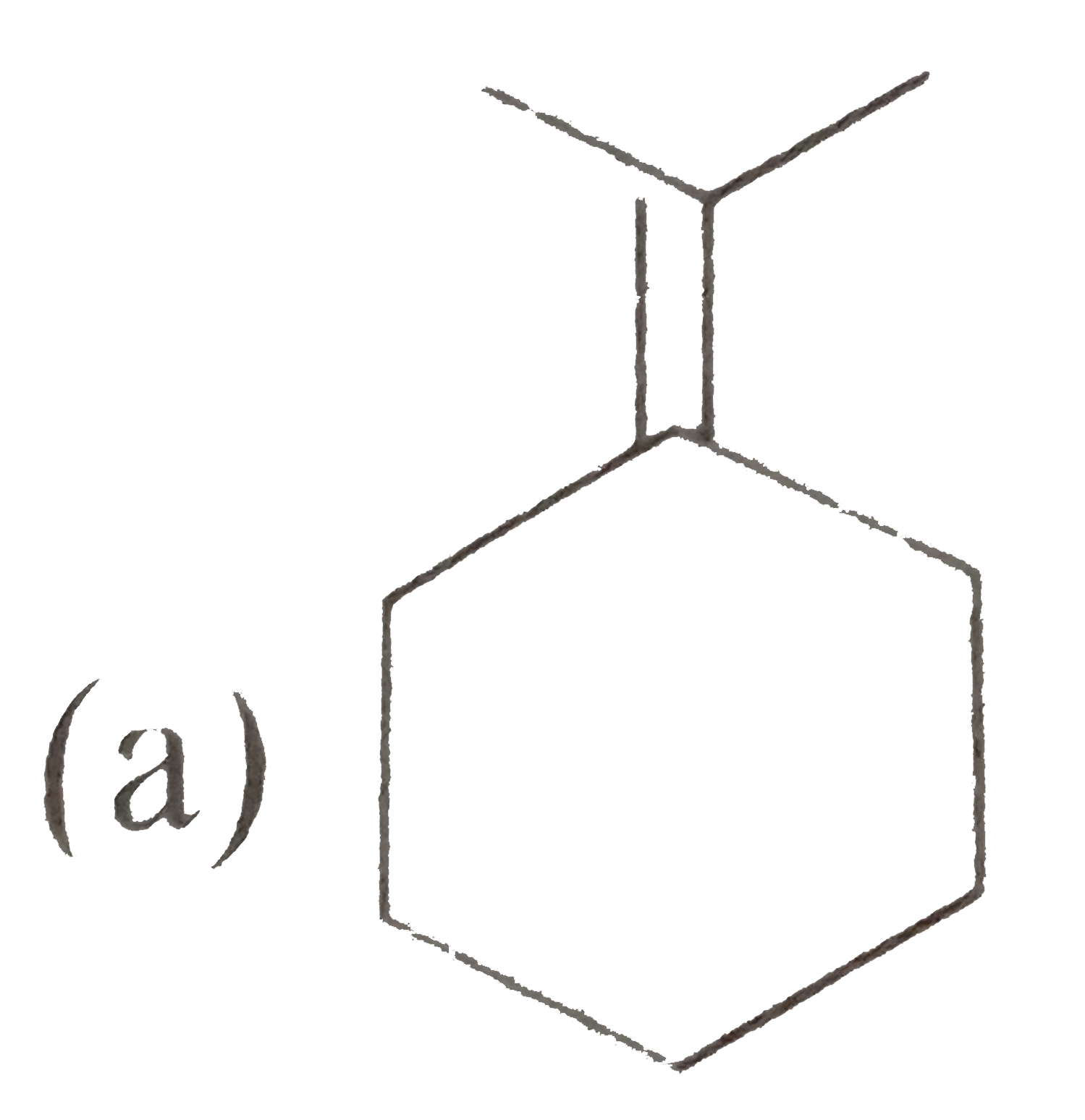 B
B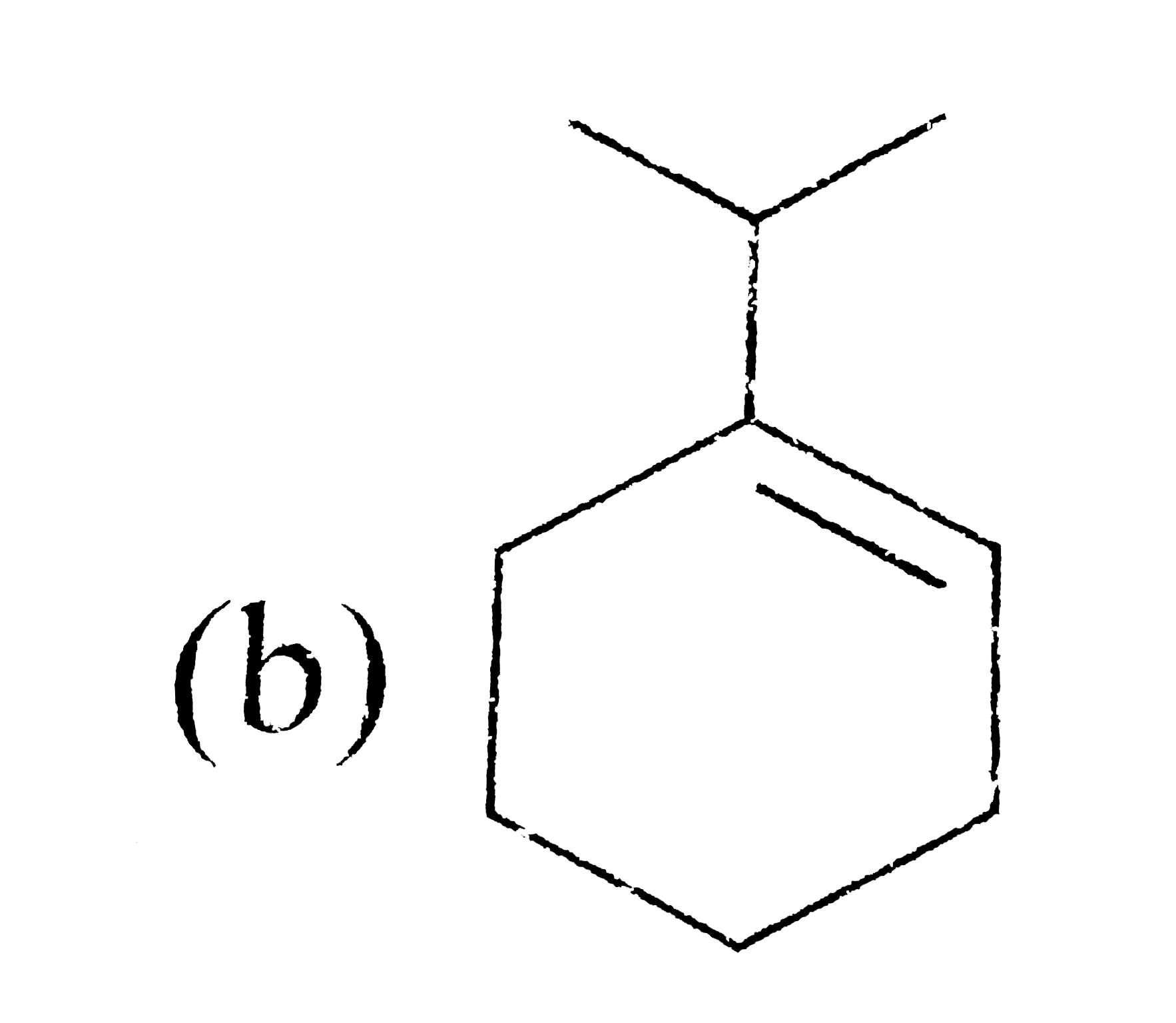 C
C D
D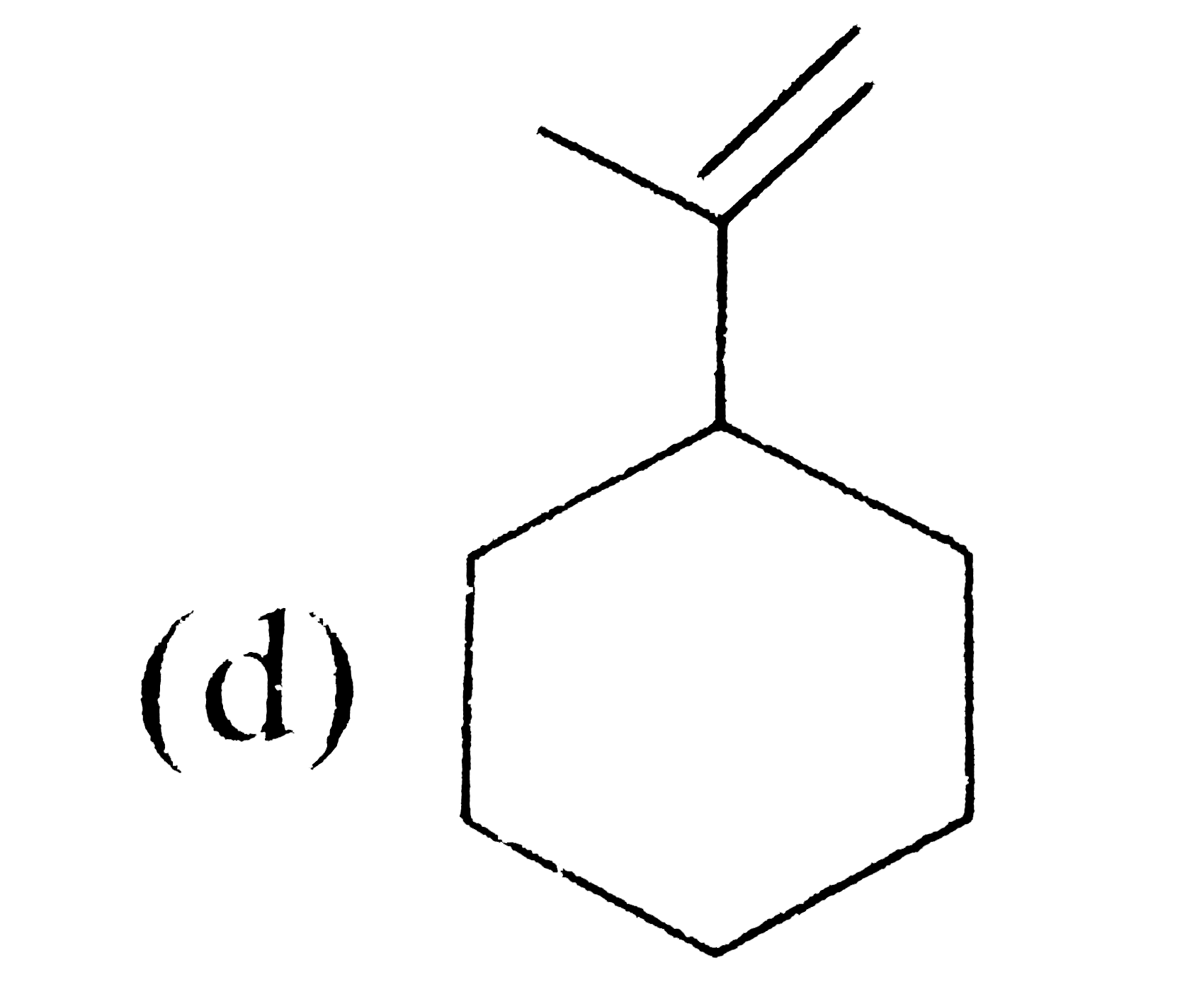
Which of the following alkene is more stable than
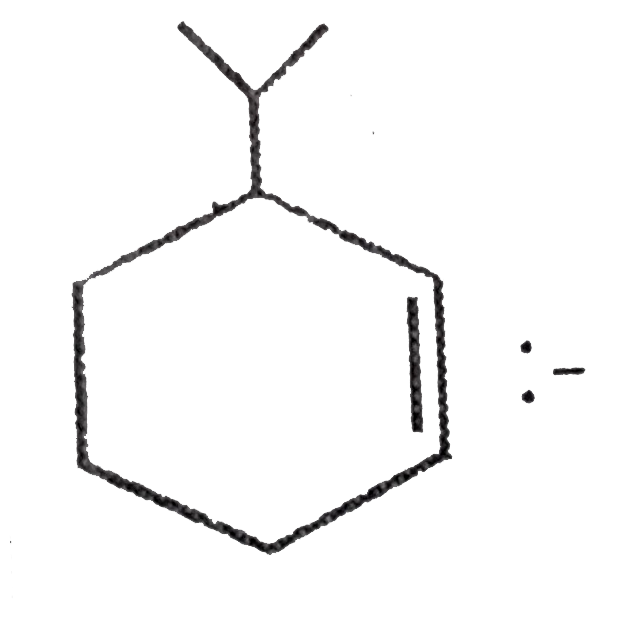 View Solution
View SolutionIn each of the following pairs which is more stable:
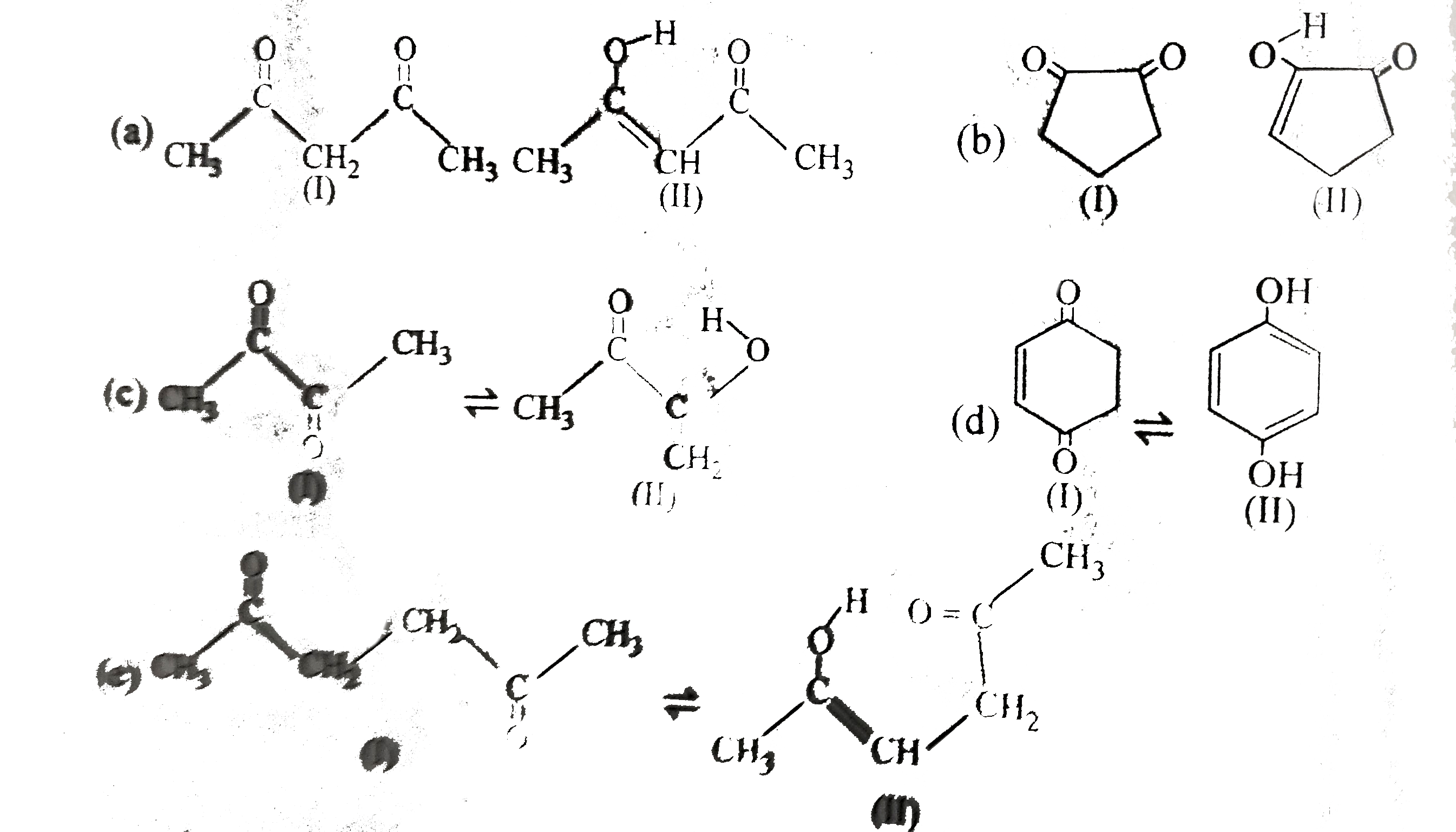 View Solution
View SolutionIn each of the following pairs which is more stable.:
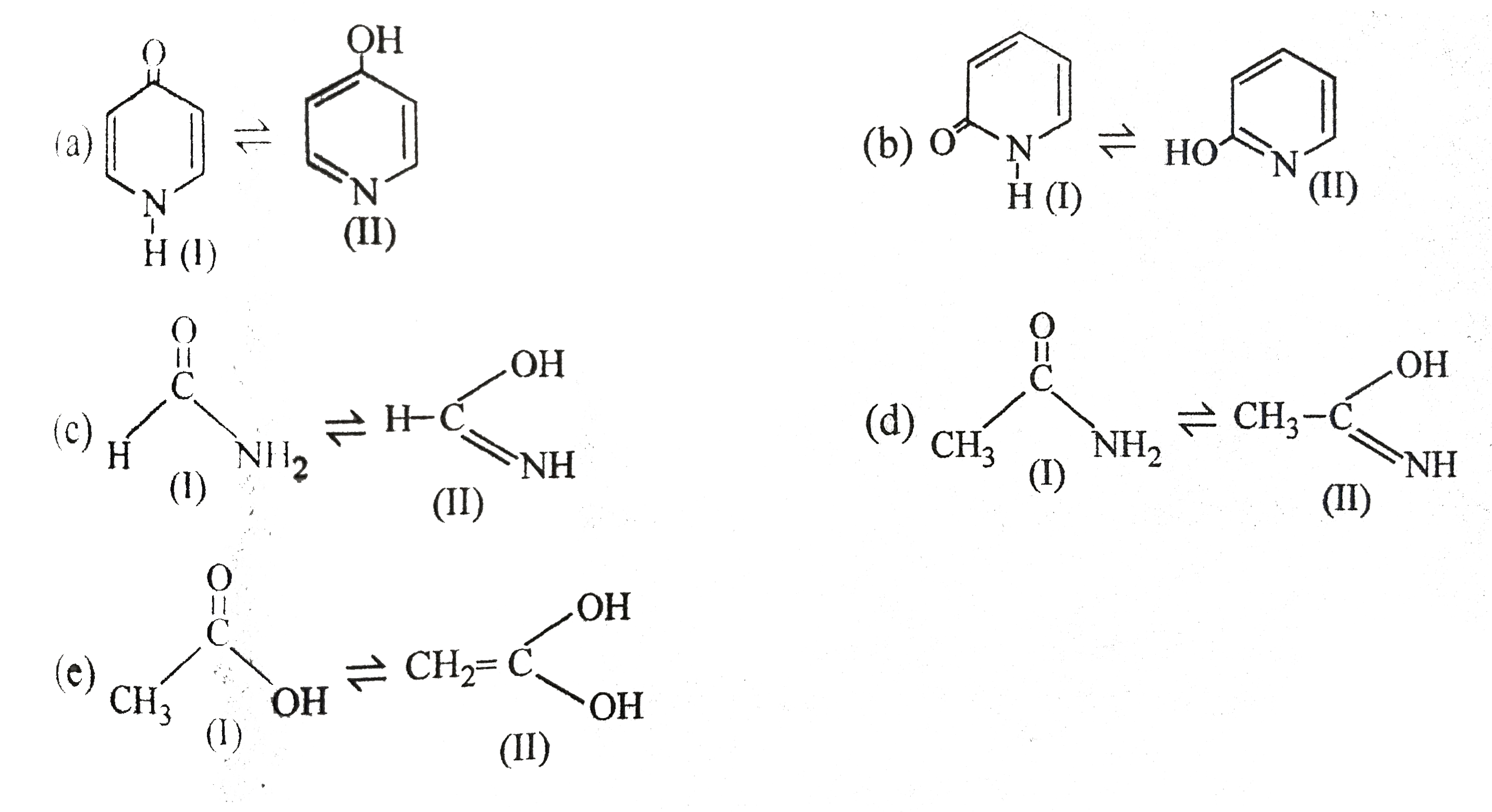 View Solution
View SolutionIn which of the following, first memeber is more stable than second?
View SolutionIn which of the following 2nd anion is more stable than first ?
View Solution


